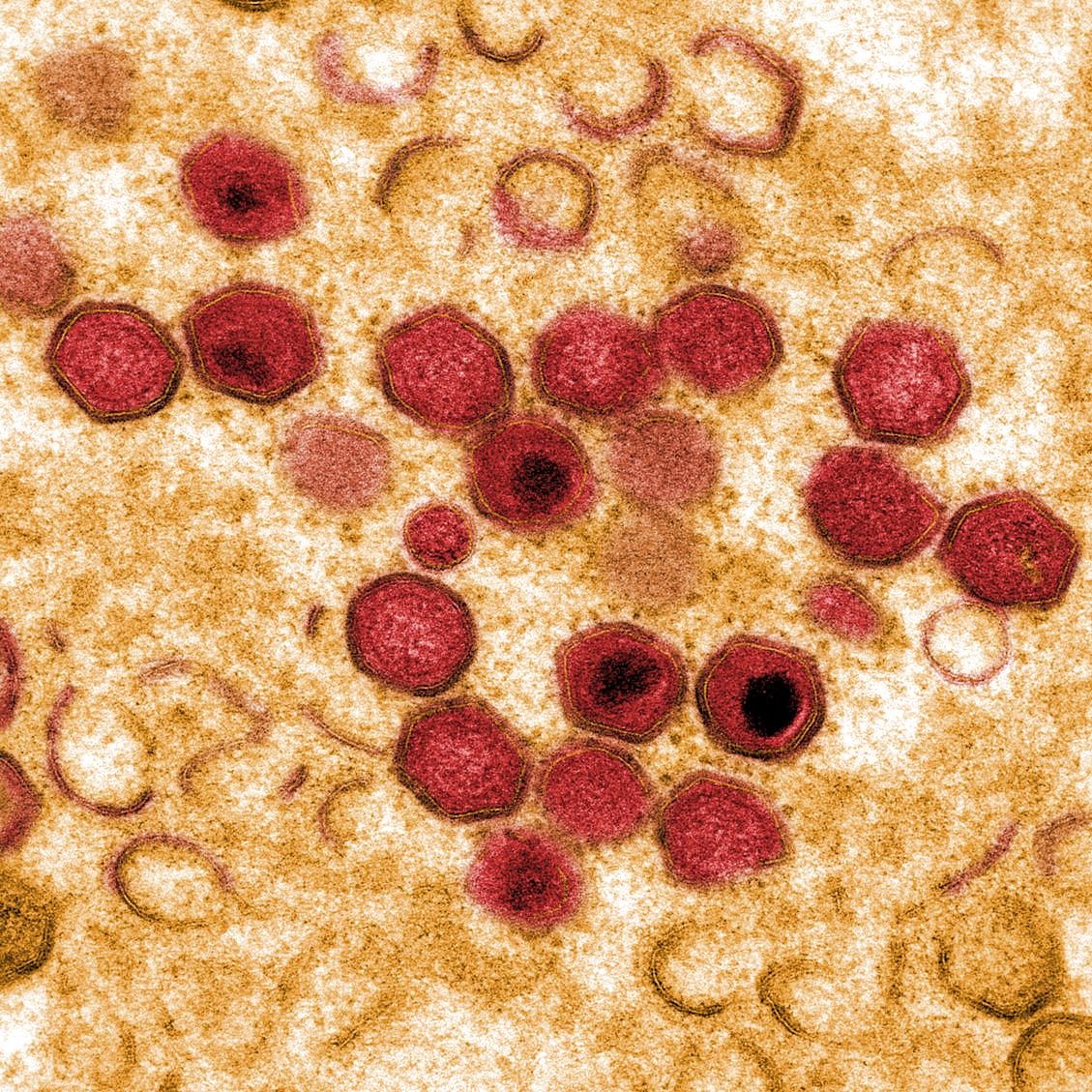Characterization of the interaction of African swine fever virus with monocytes and derived macrophage subsets
African swine fever (ASF) is a devastating disease for which there is no vaccine available. The ASF virus (ASFV) primarily infects cells of the myeloid lineage and this tropism is thought to be crucial for disease pathogenesis. A detailed in vitro characterization of the interactions of a virulent Sardinian isolate (22653/14) and a tissue culture adapted avirulent strain (BA71V) of ASFV with porcine monocytes, un-activated (moM?), classically (moM1) and alternatively (moM2) activated monocyte-derived macrophages was conducted in an attempt to better understand this relationship. Using a multiplicity-of-infection (MOI) of 1, both viruses were able to infect monocytes and macrophage subsets, but BA71V presented a reduced ability to infect moM1 compared to 22653/14, with higher expression of early compared to late proteins. Using an MOI of 0.01, only 22653/14 was able to replicate in all the macrophage subsets, with initially lowest in moM1 and moM2? No differences were observed in the expression of CD163 between ASFV infected and uninfected bystander cells. ASFV down-regulated CD16 expression but did not modulate MHC class II levels in monocytes and macrophage subsets. BA71V-infected but not 22653/14-infected moM? and moM2 presented with a reduced expression of MHC class I compared to the mock-infected controls. Higher levels of IL-18, IL1-? and IL-1? were released from moM1 after infection with BA71V compared to 22653/14 or mock-infected control. These results revealed differences between these ASFV strains, suggesting that virulent isolates have evolved mechanisms to counteract activated macrophages responses, promoting their survival, dissemination in the host and so ASF pathogenesis.
